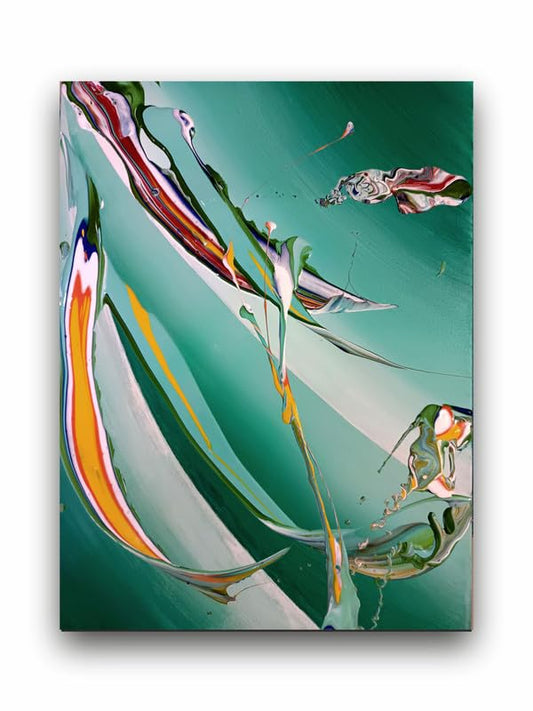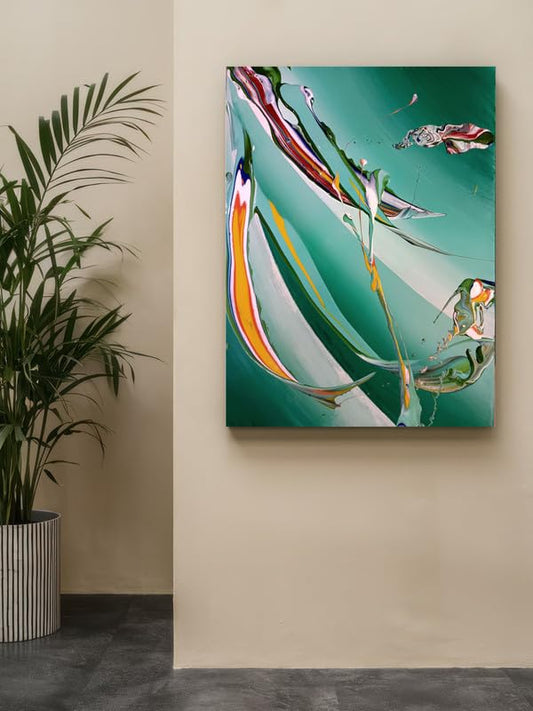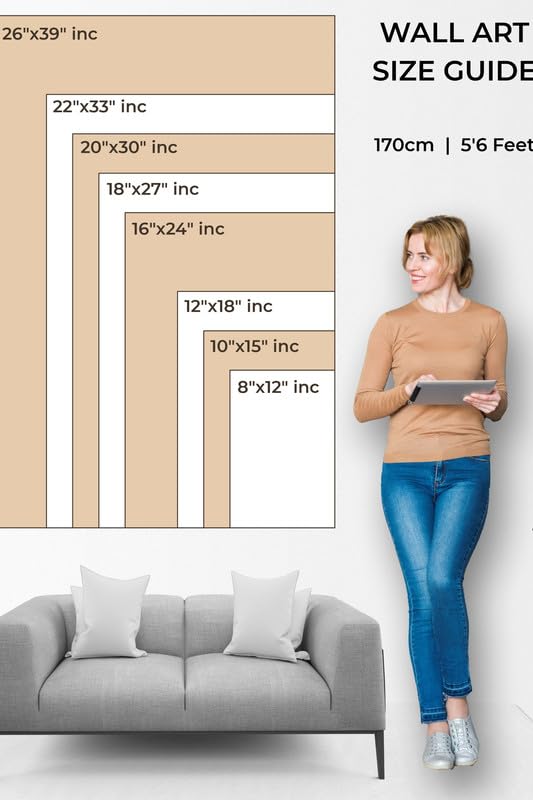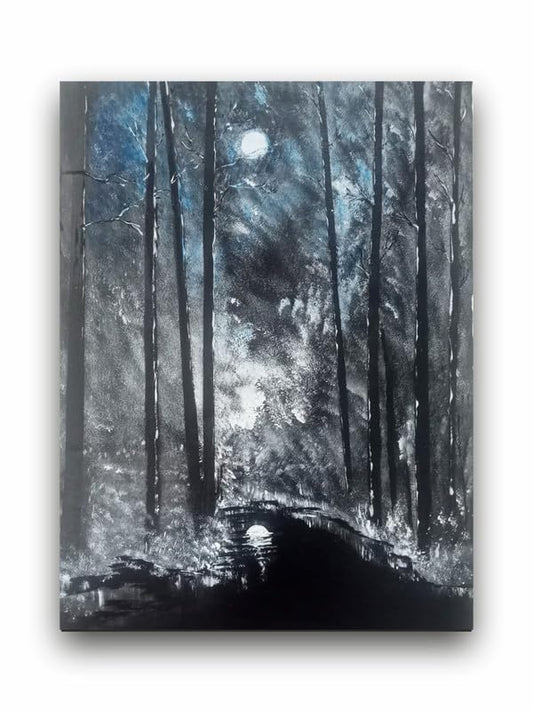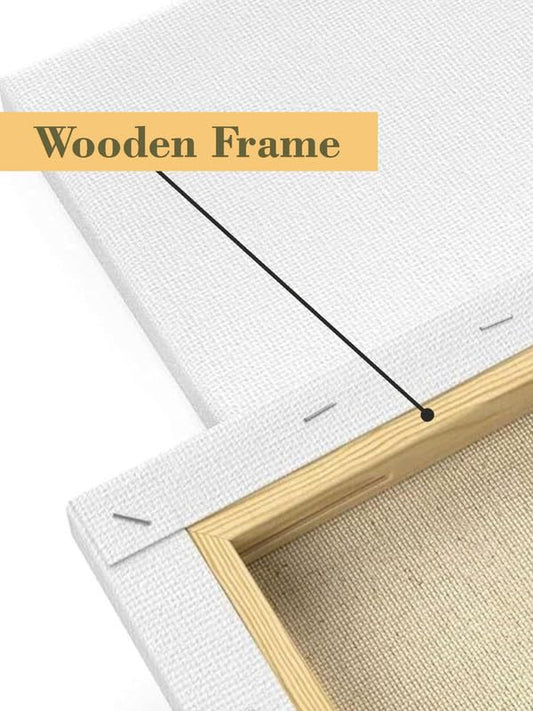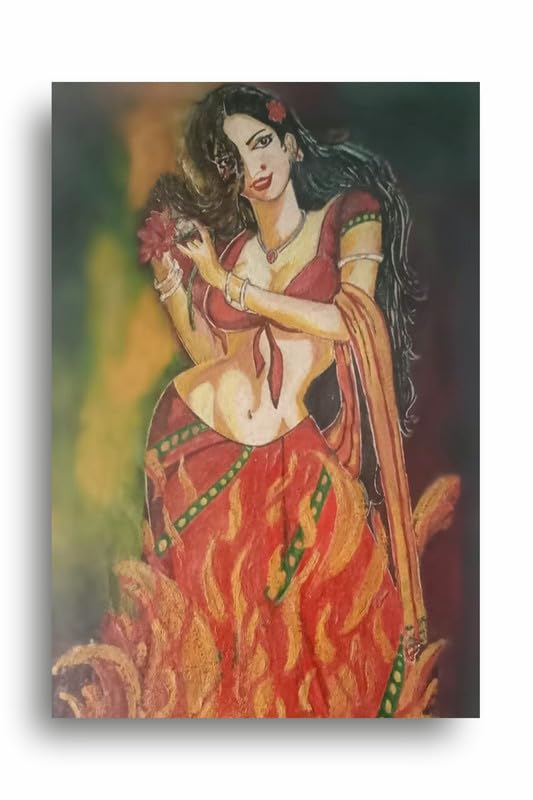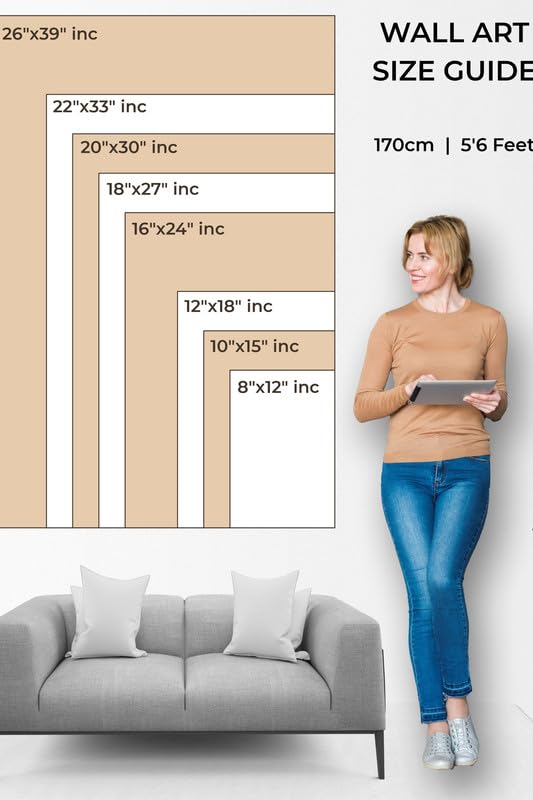
Abstract Art and Its Impact on Graphic Novels and Comic Books
Abstract Art and Its Impact on Graphic Novels and Comic Books
Abstract art is a form of visual expression where colors and shapes interpret forms, using the color, shape, and form to elicit emotional reactions rather than representation. Generally, abstract's impact started emerging in most other forms of media, but most especially in graphic novels and comics, which originally were comprised of highly detailed illustrations as well as literal representation. Graphic novels and comics are now extremely exploratory visual texts that utilize techniques from abstract art and stretch the boundaries of storytelling this way.
Breaking Away from Realism
Graphics, comics have historically spoken for themselves through detailed illustrations that were meant to be literal and recognizable. Abstract art rose during the 20th century and opened many more avenues in the use of visuals because it was now possible to talk less about and to moods and emotions and themes with unique and unconventional designs. Comic artists have been experimenting with abstract techniques to get out of normal mundane conceptions surrounding them and explore minimalist designs, non-linear plots, and surreal environments. By embracing abstraction, readers are challenged to connect themselves with the material on a deeper, more introspective level-by asking them to interpret abstract visuals of their own.
The Power of Color and Shape
Abstract artists have been using color and form for decades to express profound meanings beyond recognizable objects or scenes. It has become indispensable in modern comics and graphic novels as a technology that can convey visual responses. For example, bright bold colors can indicate an inner state of a character while other narratives do in certain contexts; the geometric shapes and patterns, meanwhile, can provide illustrations about chaos or peace. By stepping away from the realistically descriptive, artists are better able to express and allow readers to experience ideas and emotions more fluidly through their work while still experiencing a story by senses, as much as by narrative.
abstract Pioneers of Abstract Influence
Many contemporary graphic novelists and comic book artists, such as Chris Ware and Bill Sienkiewicz, have been among the first to begin infusing abstracts into their work. For example, in Ware's Building Stories it narrates the story abstractly through particular layouts with some peculiar designs of panels to portray the aspect of memory and personal history. In Stray Toasters, Sienkiewicz employed surreal and abstract narration using fine art techniques with traditional comic art approach. Innovators took abstract art into the space of comics and brought it to next frontiers of expression.
Added Dimension in Story Telling
Abstract Influence on Graphic Novels and Comics Abstract art impacts the graphic novels and comics in the most obvious and deep manner by the ability to layer depth to the process of storytelling. Now, whenever abstract elements are integrated into the work, active thinking by the readers is encouraged. No longer are they mere observers to a plot but are encouraged to connect visuals to the story and interpret symbolism and come to their own conclusions. This creates a more intense, personal connection between the reader and the artwork, because abstract elements will oftentimes resonate on an emotional or unconscious level.
Conclusion
Abstract art has profoundly affected the graphic novel and comic genre. Graphical novel and comic artists are now able to basically tell a story through non-representational imagery, vibrant colors, and experimental layouts in ways that describe more than what happened. Ultimately, abstract art seems like an influential force in modern graphic storytelling and a powerful tool for comics and graphic novels to make the impossible audible in terms of further visual and narrative creativity.
Abstract Art and Its Impact on Graphic Novels and Comic Books

